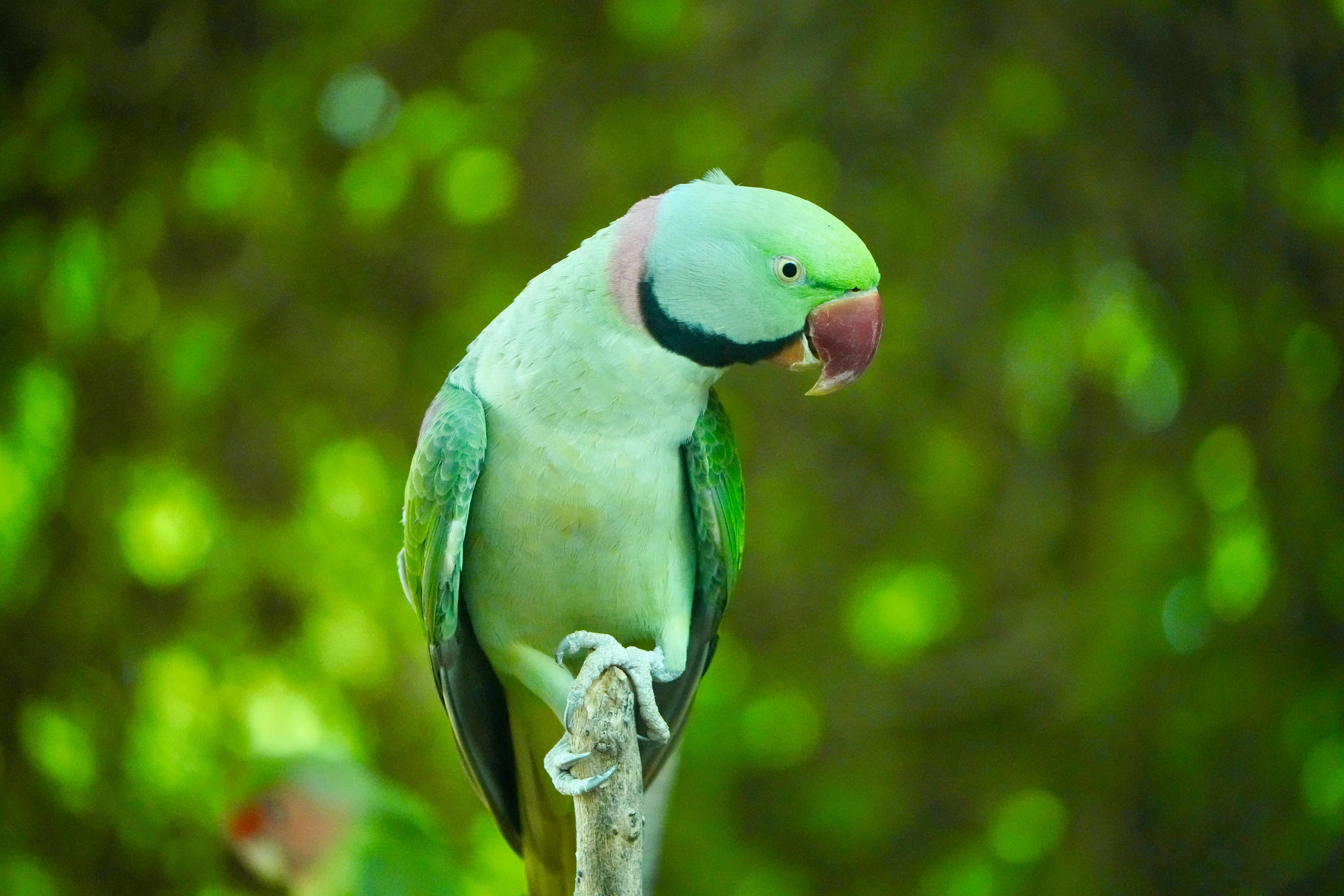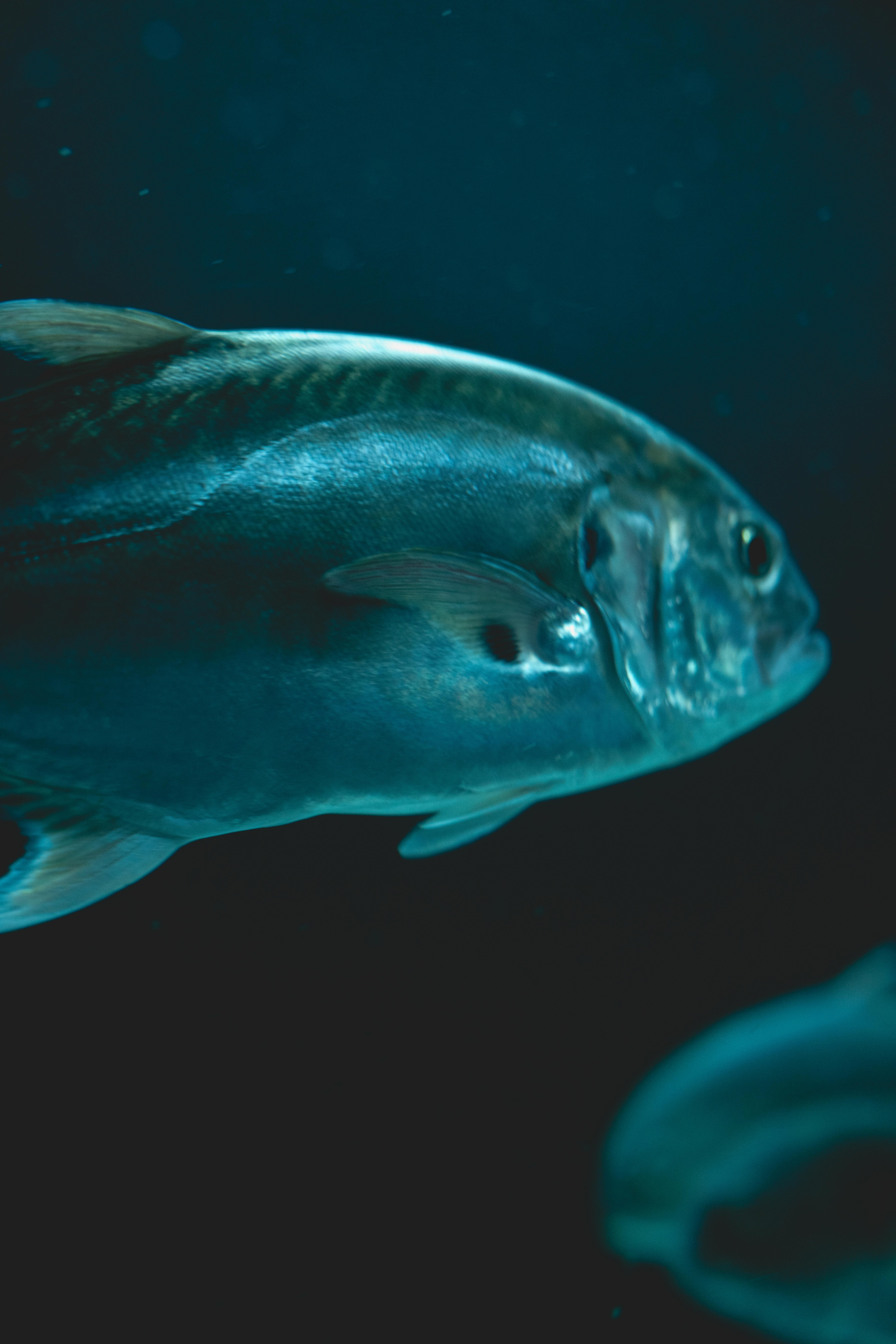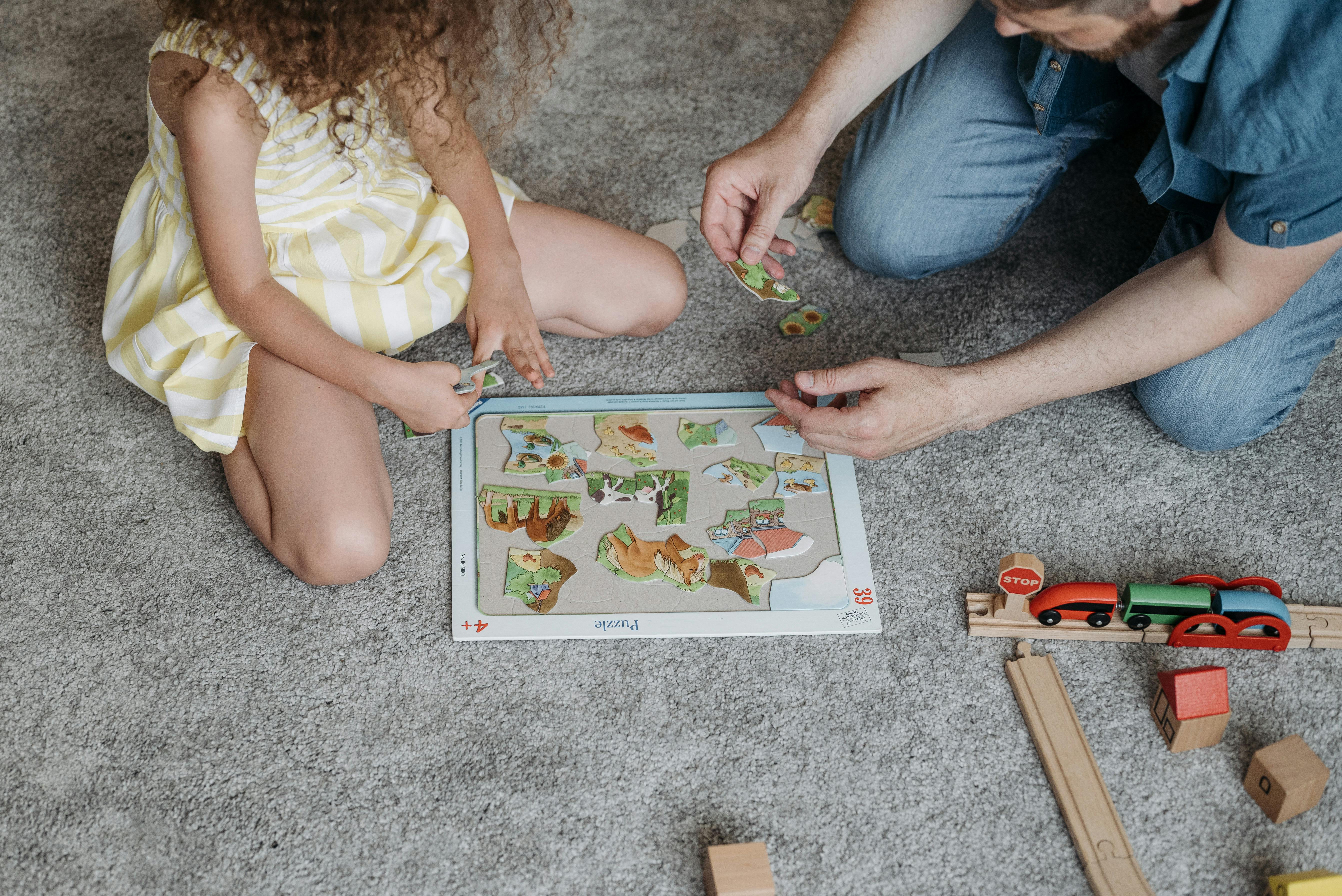Complete Guide to Betta Fish Care: Achieve a Vibrant Aquarium in 2025

Essential Guide to Betta Fish Tank Setup for a Healthy Habitat in 2025
Setting up a betta fish tank is crucial for ensuring a robust environment that supports the health and vitality of these beautiful aquatic creatures. With the right equipment and knowledge, you can create an optimal betta fish tank environment that reflects the natural habitat of bettas. In this guide, we will dive into the essential aspects to consider when planning your betta fish tank setup for 2025.
Understanding Betta Fish Tank Requirements
Before you start gathering supplies, it's important to understand the fundamental betta fish tank requirements. Bettas thrive in environments that mimic their natural habitat in Southeast Asia. They prefer a tank size of at least 5 gallons; smaller tanks can lead to stress and poor water quality. Notably, a larger tank allows for better filtration, increased oxygenation, and more stable water parameters. Bettas are sensitive to their surroundings, and any fluctuations can significantly impact their well-being.
Choosing the Right Tank Size
The size of your betta fish tank matters. For one betta fish, a minimum of 5 gallons is recommended, whereas larger tanks support multiple fish (however, compatibility must be considered). A 10-gallon tank is ideal for proper filtration and maintenance. If you’re planning to include plants and decorations, the space will be even more critical. Remember the surface area as well; bettas need sufficient space to swim and engage in their natural behaviors without feeling constrained.
Essential Equipment for Betta Fish Tanks
Setting up your betta habitat goes beyond selecting the right tank size; you’ll need to consider various equipment for optimal health. A betta fish tank heater is required to maintain water temperatures between 76-82°F, which is crucial for bettas' metabolic processes. Additionally, investing in a reliable betta fish tank filter helps maintain healthy water conditions by removing waste and preventing the buildup of ammonia. Proper betta fish tank maintenance ensures that these systems function effectively, keeping your fish safe.
Water Quality and Parameters for Betta Fish
Water quality is an essential aspect of a successful betta fish tank setup. Maintaining appropriate water parameters can drastically reduce stress and the risk of diseases in bettas. Key factors to monitor include temperature, pH level, ammonia levels, and nitrate levels.
Maintaining Optimal Water Parameters
Your aquarium should ideally have a pH between 6.5 and 7.5. Regular testing with a betta fish tank water quality test kit is recommended to ensure that these parameters remain stable. Ammonia should be kept at 0 ppm, nitrates should be under 20 ppm, and temperature must remain consistent. Performing weekly water changes of about 25-30% can help maintain these levels, making your betta fish tank maintenance practices crucial for your fish's overall health.
The Importance of Cycling Your Betta Tank
The betta fish tank cycling process is crucial to establishing beneficial bacteria that help break down fish waste, reducing toxins in your aquarium. This cycle can take 4-6 weeks but is essential to creating a stable and safe environment for your betta. You can fast-track cycling with a filter from a matured tank or use a liquid bacteria supplement to introduce beneficial bacteria quickly.
Decorating Your Betta Fish Tank
A well-decorated tank not only enhances aesthetic appeal but also provides vital hiding spots and stimulation for your fish. They appreciate a variety of betta fish tank decorations and betta fish tank plants that replicate their natural habitat.
Choosing the Right Plants and Decorations
When selecting plants for your betta fish tank, consider options like Java Fern, Anubias, and Marimo Moss Balls, which thrive in lower light conditions. Avoid sharp or rough decorations that may injure your betta's delicate fins. Floating plants can also help create shade and mimic their natural environment, making your betta feel more secure.
Betta Tank Layout Tips
For an optimal betta fish tank setup, consider creating a layout that includes open swimming areas and hidden spots made with rocks, plants, or structures. This layout mimics the betta’s natural environment and provides them with the necessary comfort. Also, ensure that there aren’t any small gaps where the fish can get stuck, and remember to allow for sufficient swimming room.
Betta Fish Tank Compatibility and Community Setup
If you’re considering adding more fish to your betta fish tank, choose compatible species wisely. Incorrect tank mates can lead to aggression and stress. Knowing the social behavior of betta fish and carefully selecting tank companions is crucial.
Choosing Compatible Tank Companions
Consider peaceful species like neon tetras, otocinclus, or certain types of snails as potential companions for your betta. Avoid fast-moving fish or any that resemble bettas in color or shape to reduce territorial disputes. Always monitor interactions closely during the initial introduction to prevent conflicts.
Best Practices in a Community Tank Setup
To establish harmony in your community tank, create a detailed plan addressing fish interactions and provide enough space for all species. This often means ensuring that the aquarium is spacious and has ample hiding spots, which allows less dominant fish to escape from more aggressive tank mates, fostering a balanced enclosure.
Best Practices for Betta Fish Tank Maintenance
Regular maintenance is vital for ensuring the long-term health of your betta. Consistent efforts in maintenance keep water quality high, reduce algae growth, and prevent diseases.
Cleaning and Maintenance Schedule
Developing a betta fish tank cleaning schedule is crucial. Regularly replace a portion of the water, clean the substrate, polish the tank sides with aquarium-safe cleaners, and trim any dying plants as needed. Depending on tank size, performing partial water changes bi-weekly is a best practice, but you might choose more frequent changes if your tank has high bioload fish.
Monitoring Betta Fish Health
Monitoring signs of stress or health issues in your betta is another important maintenance aspect. Look out for symptoms like lethargy, fin damage, or changes in eating behavior. Proper betta fish care guide knowledge will help you intervene when you notice these signs quickly, sustaining your fish’s thriving condition.
Key Takeaways
- Choose a tank size of at least 5 gallons for better water quality and fish health.
- Ensure that water parameters, temperature, and pH levels are optimized for betta fish.
- Decorate thoughtfully to mimic natural habitat using appropriate plants and structures.
- Monitor fish health and make adjustments based on their behavior and interactions.
FAQ
1. What is the best tank size for a betta fish?
The best tank size for a **betta fish tank** is a minimum of 5 gallons to ensure proper hydration and swimming space. Larger tanks are recommended for better filtration and water quality.
2. What are the ideal water parameters for a betta fish tank?
Ideal water parameters include a temperature between 76-82°F, pH levels from 6.5 to 7.5, and ammonia levels at 0ppm. Regular testing and monitoring are key to maintaining a healthy betta fish tank environment.
3. How often should I perform water changes in my betta fish tank?
It’s ideal to perform partial water changes of about 25-30% weekly to maintain clear and safe water while reducing toxins in the tank.
4. Can I keep other fish in my betta fish tank?
Yes, but it's important to choose compatible species that are non-aggressive and don't resemble bettas to avoid conflicts. Communities should be planned thoroughly for the best outcomes.
5. What type of decorations are safe for a betta fish tank?
Soft, non-sharp decorations, live plants, and floating elements are perfect for a betta fish tank. Avoid any items that may harm sensitive fins or stress your fish.
6. How do I know if my betta fish is healthy?
Signs of a healthy betta include active swimming, vibrant colors, and willingness to eat. Look for lethargy, faded colors, or abnormal behavior as signs of potential health issues.
7. What should I feed my betta fish?
Provide a balanced diet of high-quality betta fish food, including pellets and frozen or live foods like bloodworms or brine shrimp, to ensure proper nutrition.

